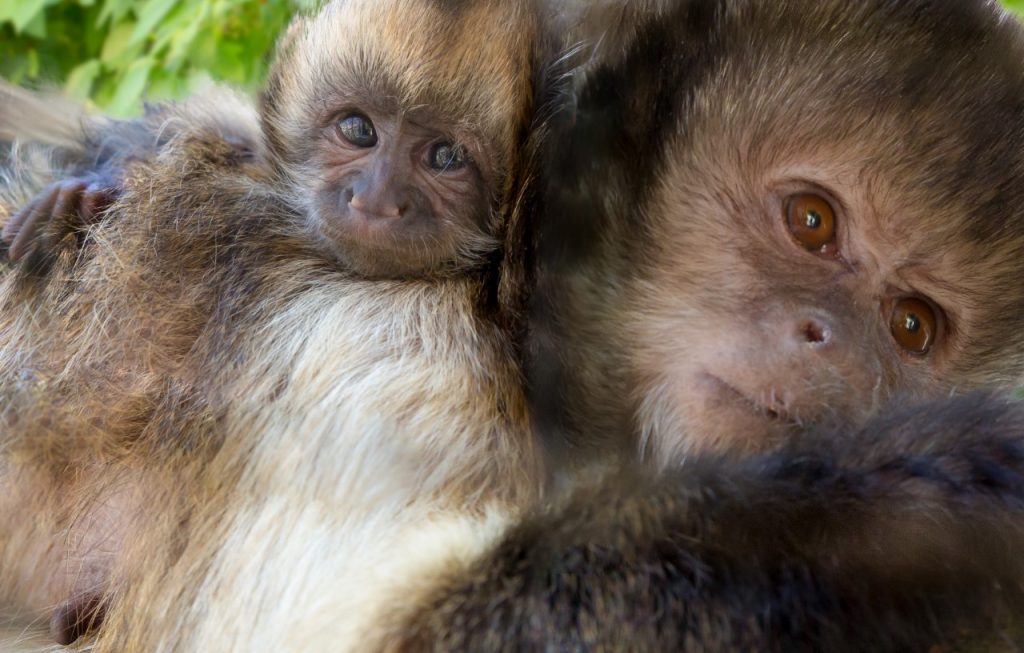Hemochromatosis (Iron Storage Disease) in Fruit Bats
Citation
Crawshaw G, Oyarzun S, Valdes E, Rose K. 1995. Hemochromatosis (Iron Storage Disease) in Fruit Bats. In Proceedings of the First Conference on Zoo and Wildlife Nutrition, AZA Nutrition Advisory Group, Scarborough, OT.
Abstract
Six Egyptian fruit bats (Rousettus aegyptiacus) were either found dead or presented with chronic liver disease associated with accumulations of iron (Fe) within the liver as high as 2.3% dry weight. Two other fruit bat species, the Indian flying fox (Pteropus giganteus) and the grey- headed flying fox (Pteropus poliocephalus), also had elevated liver Fe levels but without clinical evidence of disease. The bats were fed chopped fruit with a powdered vitamin-mineral supplement, and a gelatinised product containing fruit, meat, and supplements. Analysis revealed that one of the mineral sources used, mono-dicalcium phosphate, contained 11,860 mg/kg Fe dry matter (DM). The Fe content of the complete diet was about 400 mg/kg DM which is close to the toxic range for some domestic animals. The bats also received heavy vitamin C supplementation amounting to an intake of over 7500 mg/kg vitamin C. Ascorbic acid increases iron uptake and enhances Fe toxicity. Pathological findings were similar to those reported in dietary iron overload syndromes in other mammals including man. It is recommended that dietary iron and ascorbic acid levels in diets for frugivorous bats be closely monitored and maintained at required levels only.
 Hemochromatosis in bats.pdf 737 KB
Hemochromatosis in bats.pdf 737 KB








